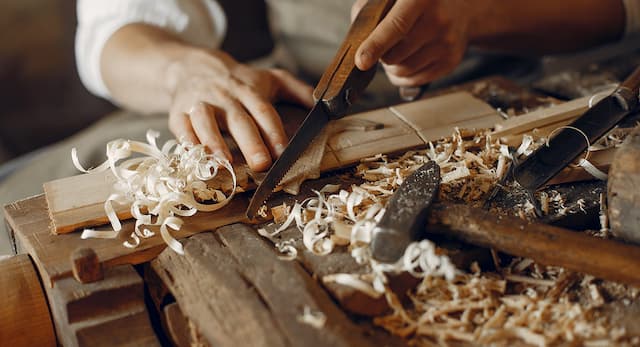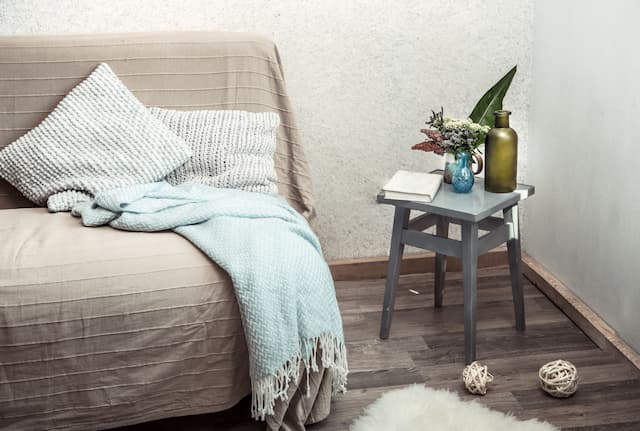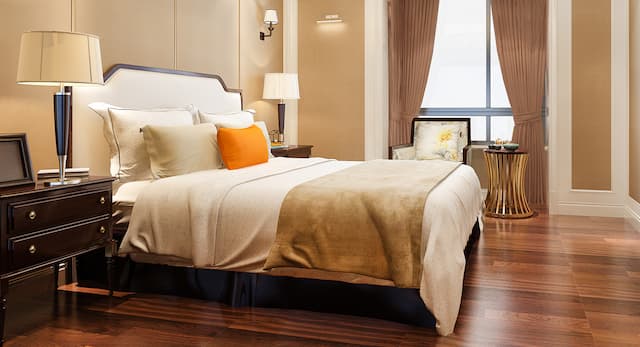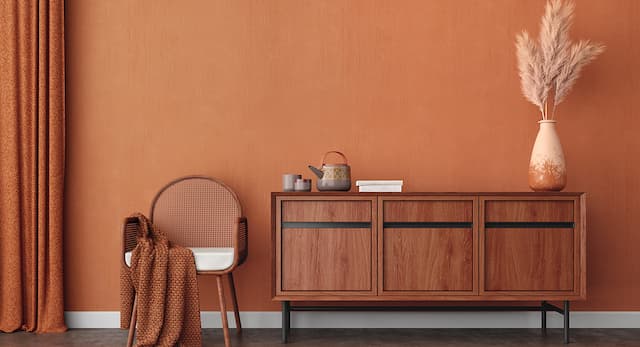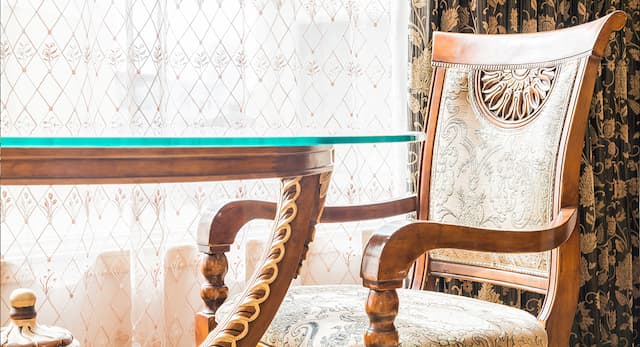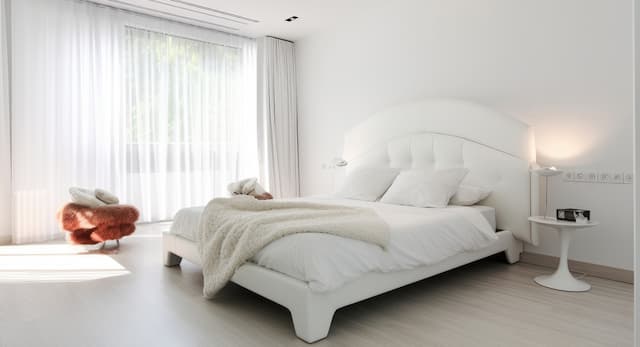Italian Loose Furniture: Choosing the Right Manufacturer & Materials
Loose furniture, also known as freestanding or standalone furnishings, refers to movable pieces like chairs, couches, and tables that are not built in as part of the architecture.
Italian loose furniture, in particular, has become iconic in interior design for its artisanal quality, aesthetic beauty, and emphasis on leisure.
Tracing its roots in Italian decorative traditions spanning the antique areas such as the Renaissance and Baroque, Italian loose furniture encapsulates the country’s rich cultural heritage.
Eschewing stiffness and formality, Italian loose furnishings instead exude a relaxed, welcoming charm well-suited for hosting guests or casual everyday living.
Loose sofas and armchairs inspired by midcentury Italian designs seem enveloping, evoking a sense of pleasures past. Dark ornate wood and lush fabrics come together in fluent shapes, often with tufted backs, curved profiles, and splayed legs.
The effect feels bohemian yet refined, vintage yet fresh – the perfect gathering place to sip wine and strike up meaningful conversations with friends.
Beyond the living room, Italian-style loose furnishings also help cultivate an easygoing kitchen, dining room, or bedroom for luxurious villas and regular households.
From the awesome credenzas displaying heirloom dishware to elegant yet practical bistro sets perfect for an afternoon espresso, this furniture creates compelling vignettes while remaining highly livable.
Choosing the Right Manufacturer for Italian Loose Furniture
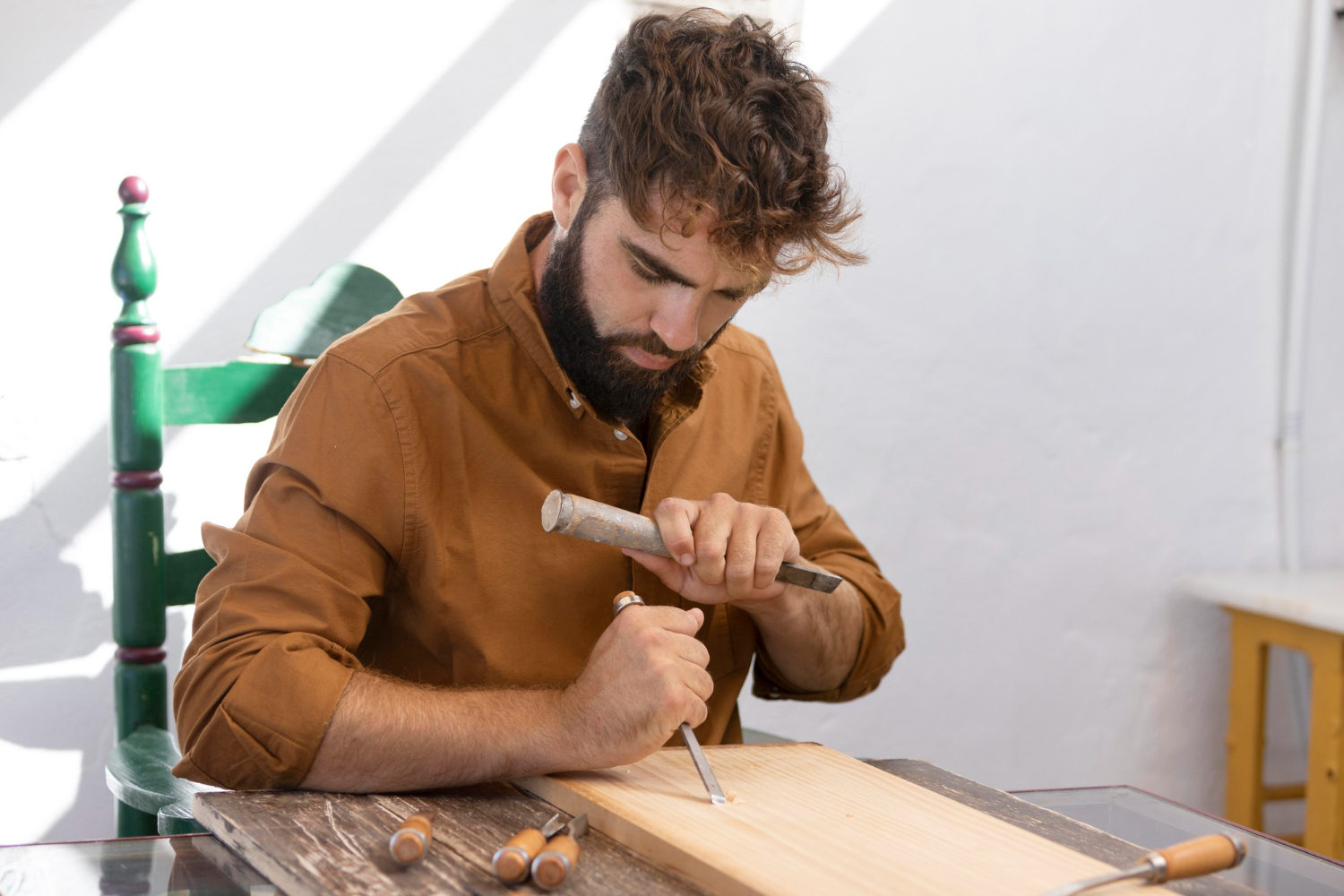
Not all manufacturers specializing in Italian loose furniture carry the same standards of quality and craftsmanship.
When selecting a company or factory in Europe, United States, or even in Dubai to purchase or produce your Italian furnishings, keep the following tips in mind:
Focus on Traditional Techniques & Materials
Check the solid wood frames, hand-tied springs, and down feather wraps in upholstered items. Leathers and fabrics should also follow customary Italian styles.
Research a Manufacturer’s Origins & Production Methods
Many high-end Italian brands can trace their workshops back generations while still employing artisans who hand-build furnishings. These pedigrees ensure authenticity.
Evaluate Attention to Detail in Finishing Touches
Hallmarks of fine Italian loose furniture include unique carving, subtle distressing, and careful application of metallic accents by experienced hands. Such refinements separate the exceptional from the mainstream.
Determine If Customization Services Are Available
Many Italian manufacturers can tweak dimensions, materials, finishes, and more to fit specific client preferences. This versatile bespoke approach adheres to a longstanding tradition.
Check Sustainable Practices Are Followed
While preserving timeless techniques, conscientious Italian brands have also adopted eco-friendly measures for safety and environmental friendliness without sacrificing luxury.
Choosing the Right Materials for Italian Loose Furniture

The materials selected for Italian loose furniture significantly impact its look, feel, and functionality over years of use.
Keep these material considerations in mind for your purchases:
Hardwood frames comprise the sturdy interior skeletons of sofas, chairs, and other upholstered pieces. Oak, ash, beech, and basswood offer strength and flexibility to endure daily wear.
Eight-way hand-tied coil springs made from tempered steel show elite couch construction. This intricate support system helps cushions rebound fully. Some manufacturers also augment springs with memory foam.
Feathers and downfill cushioning conforms ergonomically to users’ bodies without excess bulk. These soft natural materials invite deep relaxation matched by a few synthetics.
Leathers like full-grain aniline and top-grain pigmented could suit certain loose furnishings. Durable yet pliable, leather withstands family living spaces while introducing an elegant note.
Fabrics like linen, cotton, wool, and velvet afford varied textural and visual appeal across Italian loose furniture. Classically inspired patterns and rich hues refuse to fall out of favor.
Cost of Italian Loose Furniture
Given the level of handcrafting and conscientious material selection involved, Italian loose furniture resides on the higher end for interior investment. When budgeting, consider the following cost influences:
- Frame construction: Hand-built hardwood frames unify strength with finesse thanks to exacting joinery, increasing costs substantially over mass manufacturing.
- Upholstery intricacy: Eight-way hand-tied coil springs, multiple stuffing layers including feathers/down, and tailored upholstery covers add labor time versus basic cushion fills.
- Leathers and fabrics: Full grain aniline leathers and finely woven textiles from natural European sources represent the peak in quality – and price point – for coverings.
- Customization extent: Obtaining bespoke Italian loose furnishings modified to personal specifications drives prices up in comparison to readymade factory models.
- Brand prestige: Following legacy brands who have supplied royalty over consecutive generations commands appropriately elevated price tags, especially for investment collectors.
Best Manufacturers of Italian Loose Furniture
A few premier manufacturers lead the upper echelons of Italian loose furniture manufacturing.
Seeking out their offerings brings rewards despite higher initial outlays. Consider the following esteemed Italian brands:
PARTENZA
Founded relatively recently in 1989, Partenza continues advancing Italian loose furniture into the future through technological breakthroughs and collaborations with international talents.
Poltrona Frau
Poltrona Frau remains family-run, specializing in sumptuous leather furnishings expertly fitted to the human form. Their pieces stand the test of generations.
Cassina
Cassina pioneered employing famous 20th-century Italian architects and designers to produce progressive yet timeless furnishings.
Maxalto
Under the umbrella of a luxury goods conglomerate, Maxalto crafts elite furnishings even occasionally selected by film and theater set designers. Crisp contours, a fluid sense of space, and emotional resonance define Maxalto’s offerings.
Final Thought
With diligent brand evaluation, buyers can discover manufacturers who tick all the requisite boxes of quality materials and construction, customizable options, forward-thinking finishes and functions, and a rich heritage unique to Italian loose furniture.
Just prepare for satisfyingly superior pricing commensurate with the furnishings’ exceptional caliber compared to alternatives.
After all, discerning Italian craftsmanship heightens daily living by fluidly facilitating meaningful connections. Gracing rooms with high-end heritage-laden Italian loose furnishings may rejuvenate not merely interior spaces themselves but also the bonds shared therein.
Surrounded by enduring splendor honed as art over centuries, what once seemed a luxury rapidly grows familiar as a fundamental component of the home.
Frequently Asked Questions
What's the Average Lead Time for Ordering Custom Italian Loose Furniture?
Many premier Italian manufacturers require 8-12 weeks from order finalization to shipment for customized loose furniture. More complex designs with intricate details may even extend to 16 weeks.
Do Italian Loose Furniture Companies Sell Internationally Directly?
Most major brands work through an authorized dealer network outside Italy for international shipping and customs coordination. Purchasing Italian loose furniture locally simplifies delivery and service processes.
Is Assembled-In-Italy More Advisable Than Shipping Italian Loose Furniture Parts Internationally to Then Construct Onsite?
Unless buyers have access to expert Italian craftspeople locally, ordering fully assembled furniture made start-to-finish in Italian workshops helps guarantee flawless quality.
Do Italian Loose Furniture Pieces Increase or Decrease in Value Over Time?
Reputable Italian legacy designs are often appreciated on secondary markets. Those limited editions featuring special materials may sell for more use than their original retail. However, wear-and-tear reduces resale value.
Can Cheaper Mass-Produced Italian-Style Brands Compare to Luxury High-End Manufacturers?
Lower-tier imitation Italian brands lack generations of furniture-making tradition. Better-priced youthful companies also can't match premium manufacturers' mature craftsmanship, design lineages, or enduring materials.
Is Italian Loose Furniture Too Ornate for Contemporary Minimalist Homes?
From Rococo-carved settees to midcentury modern chrome and glass coffee tables, Italian loose furnishings span decorative dialects.

